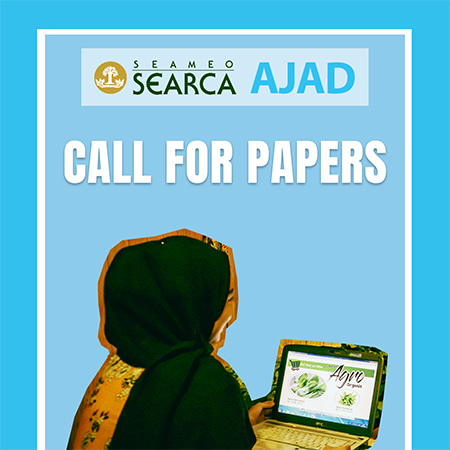The United Nations (UN) Committee on World Food Security (1996) defines food security as the condition in which all people, at all times, have physical, social, and economic access to sufficient, safe, and nutritious food that meets their dietary needs and food preferences for an active and healthy life. Food insecurity exists when people do not have adequate physical, social, or economic access to food as defined above. Meanwhile, the United States Department of Agriculture (USDA 2012) estimates that a whopping 870 million people globally do not have access to a sufficient supply of nutritious and safe food.
Due to the observed population growth and rising incomes, USDA estimates that the demand for food will rise by 70 to 100 percent by 2050. The middle class, who normally have more money available for food leading to assumed greater demand, could reach five billion people by 2030. Roughly three quarters of the world’s hungry people live in rural areas and face distinct structural challenges compared to those living in urban areas; most of them are in Asia.
Download for free
PDF format in this language: English


